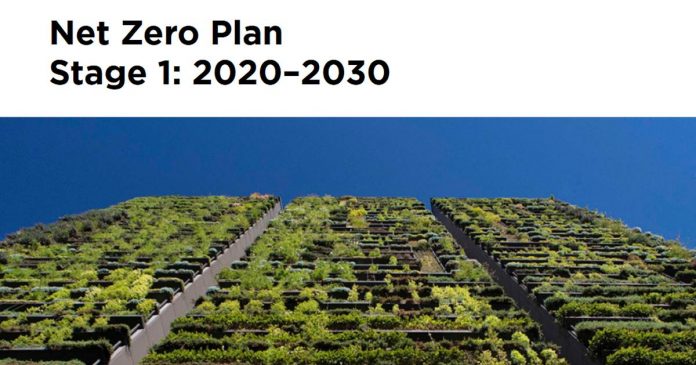The NSW Government says its economy will see $11.6 billion of private investment and thousands of new jobs under Stage 1 of its plan to achieve net zero emissions by 2050.
Stage 1, which covers the period out to 2030, was announced on the weekend by Energy and Environment Minister Matt Kean.
Minister Kean said under Stage 1:
- Household electricity prices will fall by $40 per year.
- Regional businesses will have access to new technologies and markets.
- There will be support for industry to modernise and boost productivity.
- Residents of the state will have access to more information to assist them in making financially and environmentally sustainable choices.
“Where there are technologies that can reduce both our emissions and costs for households and businesses, we want to roll them out across the State,” stated Minister Kean ” Where these technologies are not yet commercial, we want to invest in their development so they will be available in the decades to come.”
Stage One And Solar Energy
Solar energy will play an important role in Stage 1 and subsequent stages of the NSW Government’s plan.
Specific references to solar power in the document include the fast-tracking of Renewable Energy Zones, which will involve expanding transmission infrastructure into those regions to service renewable energy projects such as solar farms.
Also mentioned is potentially extending initiatives such as the Solar for Low Income Households program. This was launched in 2018 and we haven’t heard a lot about it since. The current trial is only available to up to 3000 low-income households in selected NSW regions and obviously uptake hasn’t been particularly brisk given applications are still open. Under the program, eligible households can swap their Low-Income Household Rebate for 10 years for a 3kW solar power system (previously 2.5kW).
The Stage 1 document also states motorists will be provided with an option to offset their vehicle’s carbon emissions when they register their car each year. These offsets will be invested in NSW-based projects, such as providing solar power to remote communities.
Also briefly mentioned is the Empowering Homes pilot that is intended to eventually support 300,000 NSW households in installing solar-battery systems through the provision of interest-free loans.
With regard to its own efforts, the NSW Government spends around $400 million a year on electricity; so it has a bit of clout in the market. The NSW Government Resource Efficiency Policy (GREP) requires public sector agencies “to use resource-efficient technologies and services to reduce costs and lead by example.”
The GREP is to be tweaked under Stage 1, and this includes more than doubling the NSW government’s PV target from 55,000 to 126,000 megawatt-hours by 2024. State government rooftops and other spaces will also be offered to third parties for the installation of solar panels.






